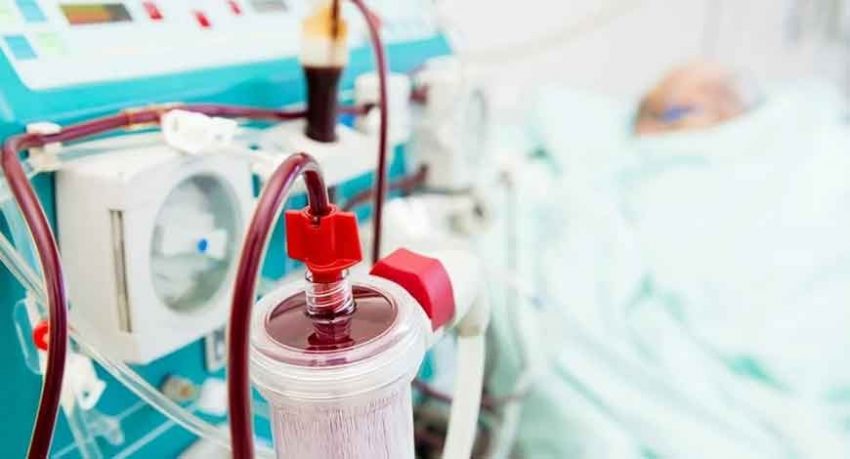The healthcare industry is constantly evolving, and one of the most critical yet often overlooked aspects is medical filtration. From ensuring the purity of pharmaceuticals to maintaining sterile environments in hospitals, medical filtration plays a pivotal role in safeguarding public health. In this blog, we’ll dive deep into the medical filtration market, exploring its significance, trends, and future prospects.
What is Medical Filtration?
Medical filtration refers to the process of removing contaminants, impurities, and particles from liquids and gases used in medical applications. This process is essential in various healthcare settings, including hospitals, laboratories, and pharmaceutical manufacturing units. The primary goal is to ensure the safety, efficacy, and quality of medical products and environments.
Medical filtration systems are used in a wide range of applications, such as:
- Pharmaceutical Manufacturing: Ensuring the purity of drugs and vaccines.
- Hospital Settings: Filtering air and water to maintain sterile environments.
- Laboratories: Purifying samples and reagents for accurate testing.
- Biotechnology: Supporting research and development processes.
Why is the Medical Filtration Market Booming?
The medical filtration market has witnessed significant growth in recent years, and this trend is expected to continue. Here are some key factors driving this expansion:
- Rising Demand for Advanced Healthcare Solutions
With the increasing prevalence of chronic diseases and the growing aging population, there is a heightened demand for effective healthcare solutions. Medical filtration ensures the safety and efficacy of treatments, making it indispensable in modern healthcare. - Stringent Regulatory Standards
Governments and regulatory bodies worldwide have implemented strict guidelines to ensure the quality and safety of medical products. Compliance with these standards has fueled the adoption of advanced filtration technologies. - Technological Advancements
Innovations in filtration materials and techniques, such as nanofiber membranes and ultrafiltration, have enhanced the efficiency and reliability of medical filtration systems. - Increased Focus on Infection Control
The COVID-19 pandemic highlighted the importance of infection control in healthcare settings. Medical filtration systems, particularly air filtration, have become critical in preventing the spread of infectious diseases. - Growth of the Pharmaceutical and Biotechnology Industries
The expansion of these industries, driven by the development of new drugs and therapies, has created a surge in demand for high-quality filtration systems.
Key Trends Shaping the Medical Filtration Market
- Adoption of Single-Use Filtration Systems
Single-use filtration systems are gaining popularity due to their convenience, cost-effectiveness, and reduced risk of contamination. These systems are particularly useful in pharmaceutical manufacturing and bioprocessing. - Focus on Sustainability
As environmental concerns grow, there is a shift toward eco-friendly filtration solutions. Manufacturers are developing reusable and biodegradable filtration products to minimize waste. - Integration of Smart Technologies
The integration of IoT and AI in filtration systems is revolutionizing the market. Smart filtration systems can monitor performance in real-time, predict maintenance needs, and optimize efficiency. - Expansion in Emerging Markets
Developing countries are investing heavily in healthcare infrastructure, creating new opportunities for the medical filtration market. Increased awareness about healthcare quality is also driving demand in these regions.
Challenges in the Medical Filtration Market
While the market is thriving, it is not without its challenges:
- High Costs: Advanced filtration technologies can be expensive, posing a barrier for small-scale healthcare providers.
- Complex Regulatory Landscape: Navigating the stringent and often varying regulations across different regions can be challenging for manufacturers.
- Technical Limitations: Certain applications, such as filtering nanoparticles, require further technological advancements.
Future Outlook of the Medical Filtration Market
The future of the medical filtration market looks promising, with continued growth expected in the coming years. The global medical filtration market is projected to reach USD 9.35 billion by 2030 from USD 6.29 billion in 2024, at a CAGR of 6.8%.
Key factors contributing to this growth include:
- Increasing investments in healthcare infrastructure.
- Rising demand for personalized medicine and biologics.
- Growing awareness about the importance of clean and safe medical environments.
How to Choose the Right Medical Filtration Solution
If you’re in the healthcare or pharmaceutical industry, selecting the right filtration system is crucial. Here are some tips to help you make an informed decision:
- Identify Your Needs: Determine the specific application and requirements of your filtration system.
- Evaluate Quality and Efficiency: Look for systems that meet industry standards and offer high filtration efficiency.
- Consider Maintenance and Costs: Opt for solutions that are cost-effective and easy to maintain.
- Check for Certifications: Ensure the product complies with relevant regulatory standards.
To know more download PDF Brochure :
The medical filtration market is a cornerstone of modern healthcare, ensuring the safety and efficacy of medical products and environments. With technological advancements, increasing demand for healthcare solutions, and a focus on sustainability, the market is poised for significant growth. Whether you’re a healthcare provider, pharmaceutical manufacturer, or researcher, understanding the importance of medical filtration can help you make better decisions and contribute to a healthier world.
By staying informed about the latest trends and innovations in the medical filtration market, you can stay ahead of the curve and ensure the highest standards of quality and safety in your operations.

